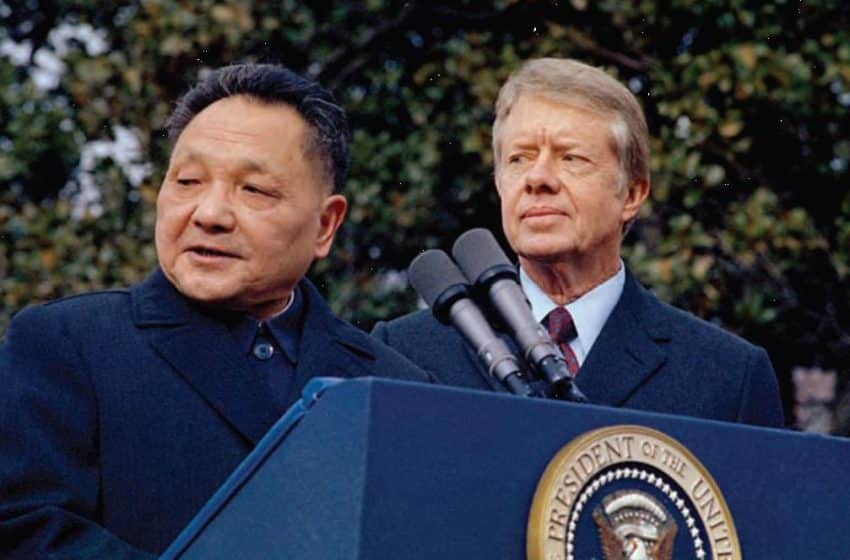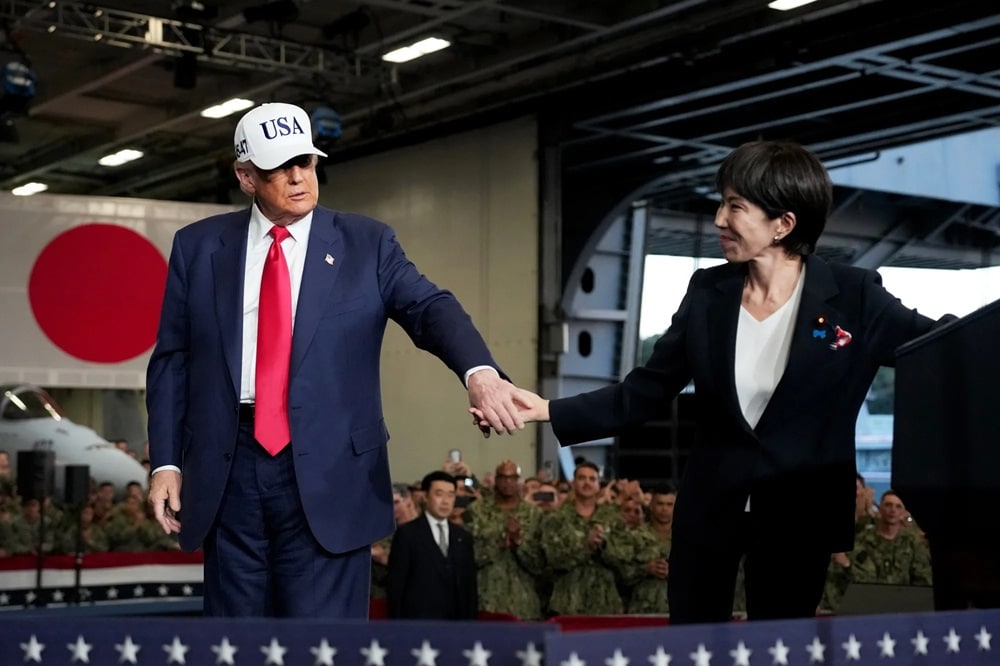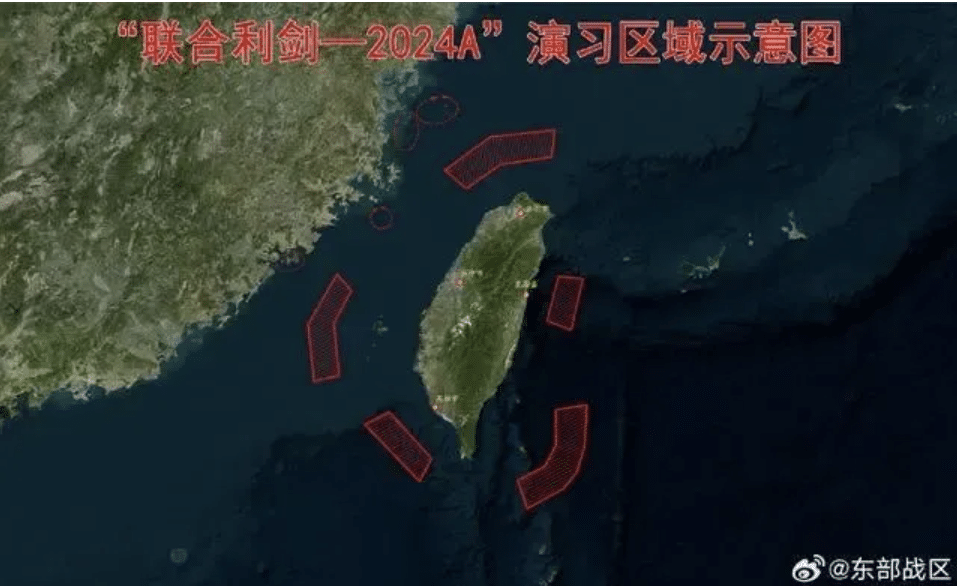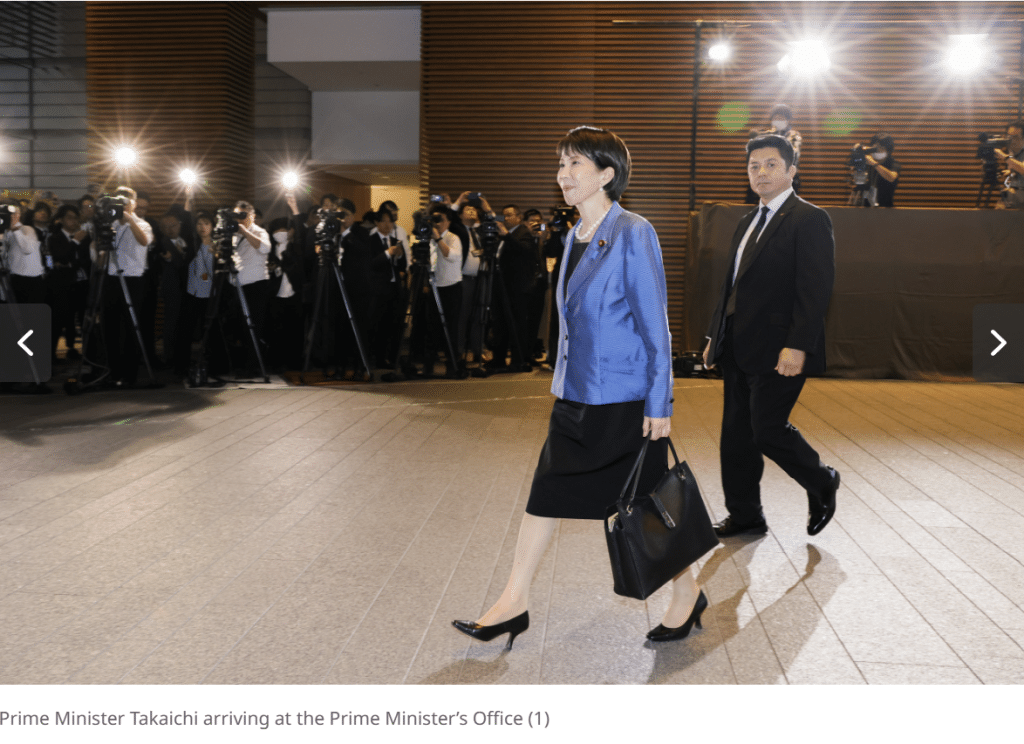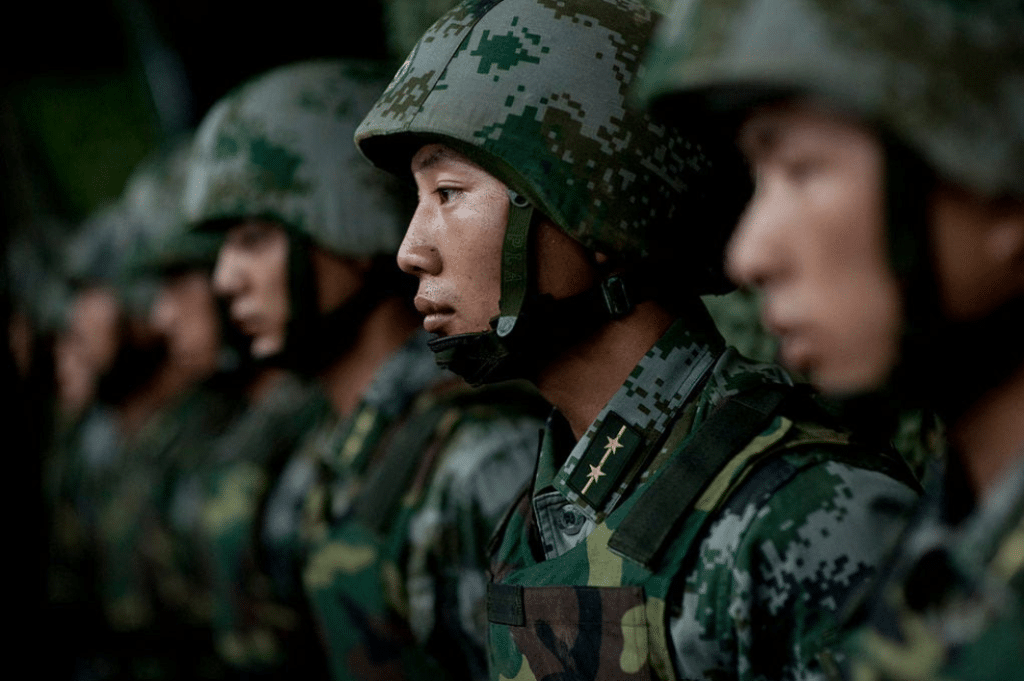China’s Best Friend in the EU: The Potential for Sino-Hungarian Cooperation—2023 China Focus Essay Contest Runner-Up
- Analysis
 Michelle Lai
Michelle Lai- 08/23/2023
- 0
One of the two 2023 China Focus Essay Contest runner-ups is Michelle Lai, a first-year graduate student at the Global Policy School from the University of California San Diego. Her essay examined China and Hungary’s economic relationship in regard to the Belt-and-Road Initiative and future economic cooperation. China Focus partnered with the Carter Center and the 1990 Institute to offer each runner-up $1000. Congratulations!
The essay topic for the Belt-and-Road-Initiative is as follows:
Topic 1: How has China’s Belt and Road Initiative (BRI) affected the countries involved? Pick a country that China has included in the BRI. Assess the record of China’s relationship with the country. Discuss who benefits from what in this relationship and whether BRI projects are politically, economically, and environmentally sustainable in the country. What are the geopolitical implications of this case?
“We are sailing under a Western flag, though an Eastern wind is blowing in the world economy.”
-Viktor Orbán, 2010
Introduction
Several months after his re-election in 2010, Hungarian Prime Minister Viktor Orbán argued for the re-orientation of Hungary’s foreign relations. He aimed to swerve Hungary away from economic and political dependence on the EU and the US, towards building close relations with strong-armed, authoritarian states such as China, Russia, and Turkey. Moving fast on his promise, Orbán visited China at the end of 2010, aiding in negotiations for the Chinese buyout of the Hungarian biochemical behemoth, BorsodChem, to China’s Wanhua Industrial Group in an approximately $1.6 billion deal. In 2011 alone, Orbán signed a series of Sino-Hungarian agreements worth 2.62 billion, including joint investment in a solar power plant, various transportation projects, a citric acid factory, and selling an undisclosed amount of Hungarian debt.
Hungary is often regarded as China’s closest ally within the EU, both as an economic beneficiary of BRI and a political ally. US and EU concerns about Hungary acting as China’s “Trojan horse” in Europe are persistent. Despite Sino-Hungarian relations maintaining a positive trajectory, progress in economic cooperation between the two has been ongoing yet lackluster. However, Sino-Hungarian economic cooperation shows strong signs of a new second wave, with the 2022 Russian invasion of Ukraine, rising tensions within the EU, and China’s increased race for technological independence all inspiring deeper cooperation.
Contrary to Western fears that China is coercing Hungary, Hungary’s allegiance to China is driven by a combination of Orbán’s far-rightist agenda, its need for capital, and its use of China for political leverage. Geopolitically, Hungary mostly functions as an independent actor, and its status as a Chinese BRI beneficiary is relatively bereft of Chinese co-option or political threats. However, the actual potential for large-scale economic cooperation between the two may be limited, gauging by the slow progress on the Budapest-Belgrade Railway and Hungary’s finite capabilities.
For China, Why Hungary?
Historically, Hungary recognized the PRC back in 1949, and the two countries’ relations went through several phases of closeness and distance until 2003. Starting in that year, the two countries established a branch of the Bank of China in Hungary, direct flights, and a bilingual Chinese-Hungarian primary school. In addition, Hungary currently boasts the largest Chinese diaspora within the Central and Eastern Europe (CEE) region (~20,000), as well as five Confucius Institutes.
Most valuable to China is Hungary’s status as an EU member, granting China increased access to the EU’s single market as a significantly more enthusiastic partner than its neighbors. In China’s quest for an ideal BRI country and economic partner, Hungary suits its geopolitical and economic goals well. As part of the 16+1 Initiative, China’s program in the CEE region, Hungary’s physical location is ideal for trade infrastructure due to its strategic location in-between Western Europe and China. Within the CEE region, Hungary is China’s largest trading partner, comprising 22.9% of the region’s exports to China. Among over 147 BRI partners, Hungary falls on the more politically and economically stable scale, increasing its attractiveness for investment.
Unlike many of its fellow EU members, Hungary’s current political elite leans pro-authoritarian, calling itself “an illiberal democracy” with a one-party state. Despite being critical of China in years prior, the ruling party Fidesz changed their tune in 2010, establishing party-to-party relations with the CCP. Orbán has repeatedly praised China as an ideal “labor-based society”. Budapest has even gone as far as defending China in EU-based criticism of human rights violations, refusing to side with Brussels’ condemnation of the CCP’s actions in Xinjiang and Tibet. However, according to CEPA Senior Fellow Tamás Matura, his Chinese counterparts have expressed that the Chinese government prefers Hungary to refrain from blocking such EU statements, lest China be accused of unsavory influence.
The Hungarian Perspective
In 2010, Orbán announced Hungary’s “Eastern Opening” (Keleti Nyitás) policy, intending to lessen Hungary’s dependence on the West by focusing on cultivating economic and political relations with more authoritarian powers. In terms of benefits, Hungary’s close ties with Beijing gives Orbán a large alternative source of investment, lacking the caveats, regulations, and transparency that the EU or US would require. China’s active willingness to invest is lucrative for Hungary, and furthermore gives Orbán political leverage against the EU in negotiations. For example, in 2018, Orbán warned that Hungary would simply turn to Chinashould the EU not provide Hungary with more infrastructure funding.
Hungary occupies a unique national identity, sitting on neither side in the commonplace European East-West binary. Many citizens of the country retain strong allegiance to the Western multilateral institutions. In a 2021 poll, 78% and 80% of the Hungarian public supported remaining in the EU and NATO respectively. Despite its former status within the Soviet sphere of influence, Orbán’s resistance to adopting a liberal democratic identity, and the dominance of conservative nationalism within Hungary, the nation has shown zero sign of economic decoupling from the EU. Hungary’s defensive stance of Chinese human rights violations and its protests (but never rising to a veto) towards EU sanctions on Russia is likely a diplomatic tool to curry greater favor with China and Russia rather than a compromise of sovereignty. Within its international relations, Hungary utilizes its position as a middleman between East and West to obtain maximum benefits in foreign investment and security.
Prime Minister Orbán’s personal preferences and illiberal agenda is a fundamental component of the Sino-Hungarian relationship, but without his leadership, Hungary’s political landscape bodes ill for the CCP. Matura, for example, has described Hungary’s pro-China leanings as “not a national strategy, but a one-man show”, in that most of the Hungarian’s pro-Chinese sentiment is driven by Orbán. China’s approach to BRI with “soft law”, skirting past strictly-binding regulations to allow behind-the-scenes flexibility, is precisely for Orbán’s personal benefit. For example, Opus Global, a company controlled by Orbán’s close oligarchical friend, Lőrinc Mészáros, owns half of CRE Consortium, which stands to earn billions of dollars through the project.
Apart from Orbán, Hungarian opposition parties hold negative attitudes towards China, which may pose a challenge for the CCP should Fidesz fail to retain dominance of the Hungarian government in the future. A 2018 study has found that, despite positive state-to-state relations, Hungarian public media is mostly apathetic towards China. Hungarian public impressions towards China worsened after the COVID-19 pandemic, with over 40% of the population at least partially believing the virus to be a deliberate plot by the Chinese government. Recent large-scale Chinese projects, such as the leaked 2020 announcement to build a campus of Shanghai Fudan University in Budapest, sparked furious street protests by city residents, objecting to its location and costs.
Hungary, China, and the BRI
After the launch of Xi’s Belt and Road Initiative (BRI), Hungary was the first European country to sign a Memorandum of Understanding (MoU) with China in 2015, signifying the highest tier of collaboration. The MoU in question was for the Budapest-Belgrade Railway, a massive infrastructural project linking the capitals of Hungary and Serbia, valued at approximately 2 billion euros and serving as a cooperative project between firms and banks from all three involved countries. The construction contract for the Hungarian portion of the Budapest-Belgrade Railway was given to CRE Consortium, a consortium comprised of a 50-50 mix of Chinese and Hungarian firms. The Chinese owners are representatives of large Chinese government railway companies, with China’s Export-Import (Exim) Bank financing 85% of the project as a loan, with the Hungarian government responsible for the remaining 15%. The EU cast suspicion on the secretive nature of the contract, with many of its details remaining classified by the Hungarian parliament.
By the end of the 2010s, contrary to Orbán’s aspirations, Hungary’s “Eastern Opening” and Chinese investment in Hungary had been mediocre at best, and declining at worst. By late 2019, 75% of Hungarian imports and 82% of Hungarian exports were to and from the EU. Chinese FDI, although relatively large in Hungary when compared to the rest of the CEE region, is nine times less than FDI in Western European countries such as Germany and the UK. The aforementioned railway’s construction has suffered delays and accusations of corruption, with the deadline for the Hungarian section pushed from 2022 to 2025. Analysts have declared that the flagship $2.89 billion Sino-Hungarian project is unlikely to turn a profit. The small scale of Hungary’s local companies limit the extent of cooperation with the BRI. Despite signing an MoU with China, the country lacks an official strategy or BRI roadmap for development.
In Light of the Russian-Ukrainian War
Hungary’s current track record with Russia in the past decade greatly resembles its relationship with China. Orbán simultaneously cultivated an “Eastern Opening” with Russia throughout his tenure, praising Putin for his “strong” leadership and aiming to emulate Moscow’s one-party system. In 2014, the Hungarian government signed a contract withRussian state corporation Rosatom to build two nuclear power plants in the southern Hungarian town of Paks. The project bears some resemblance to the Budapest-Belgrade Railway, given Hungarian’s cooperation with an authoritarian Eastern power and Orbán’s oligarch friend Lőrinc Mészáros signed on as a main subcontractor. Similar to its Chinese counterpart, the project is undergoing significant delays and obstacles with paperwork. Much like with China, the EU held strong suspicions that Hungary may serve as Russia’s “Trojan Horse’ in Europe, although Hungary has held steadfast in its sovereignty and allegiance to the EU and NATO. While Hungary has not fully cooperated with EU efforts to isolate Russia, it has also not entirely fulfilled Russian expectations since the outbreak of war in 2022.
In early 2023, top Chinese diplomat Wang Yi went to Budapest during his European tour and received a warm reception from Orbán, contrasting his visits to Munich, Paris, and Italy. Similar to Hungary, China’s refusal to condemn Russia dramatically hinders its relations with the EU, greatly frustrating its economic aspirations for Europe. Europe’s ongoing energy crisis has also hurt Hungary financially with soaring gas prices, motivating the continent-wide need to find alternative sources of energy.
Hungary, in cooperation with China, has recently turned its focus towards alternative energy, particularly electric vehicles. In August 2022, a second large-scale Sino-Hungarian project was announced: the 7.3 billion construction of a battery plant in Debrecen, nearly triple the original budget for the Budapest-Belgrade Railway. The construction is led by China’s Contemporary Amperex Technology Ltd (CATL), a subsidized Chinese company and largest lithium battery manufacturer in the world.
Upon completion, the Debrecen site is set to be the single largest European battery cell plant in Europe, although Hungarian public opposition has arisen, citing environmental concerns and resistance to the arrival of Chinese foreign workers. Similarly in August 2022, Chinese electric vehicle company NIO established a plant in Budapest, producing power swap stations and batteries for electric vehicles within Hungary and even exporting a station to Germany later that year.
Concluding Remarks
Hungary’s status as an EU member, CCP-friendly leadership, and a strategic geopolitical position make them a reliable Chinese ally, while Orbán’s “Eastern Opening” policy orients the country towards receiving infrastructural and financial support from China and lessens national dependence on the EU. The current Sino-Hungarian relationship can be traced back to 2010, when Hungary under Fidesz drastically shifted its stance to a pro-China orientation, quickly establishing BRI relations with the Budapest-Belgrade Railway project in 2015. In spite of the flashiness of the project, overall Sino-Hungarian economic relations were middling in the following years due to limitations in Hungary’s economic capabilities. However, in light of the 2022 Russian invasion of Ukraine, with China and Hungary’s common ally Russia now left in a contentious position, the door is open for Hungary to pursue closer economic ties with China to broker electric energy infrastructure within Europe. The success of future Sino-Hungarian endeavors have yet to demonstrate full potential, but may see long-term results should the Hungarian government remain on Orbán’s current trajectory.

